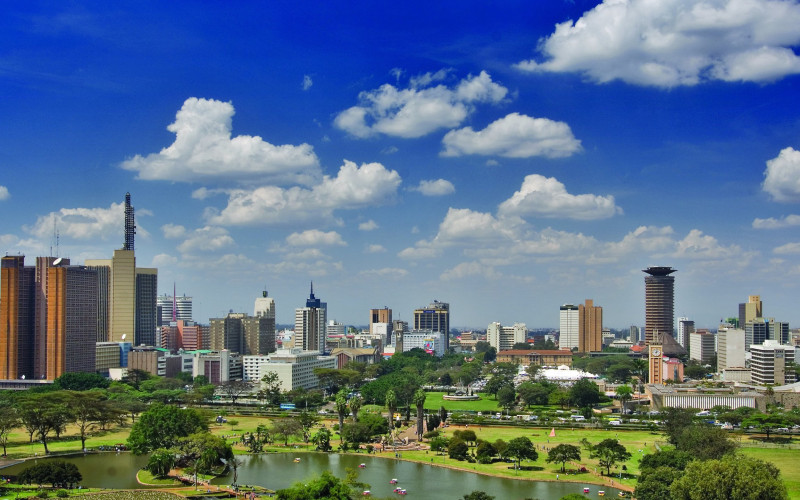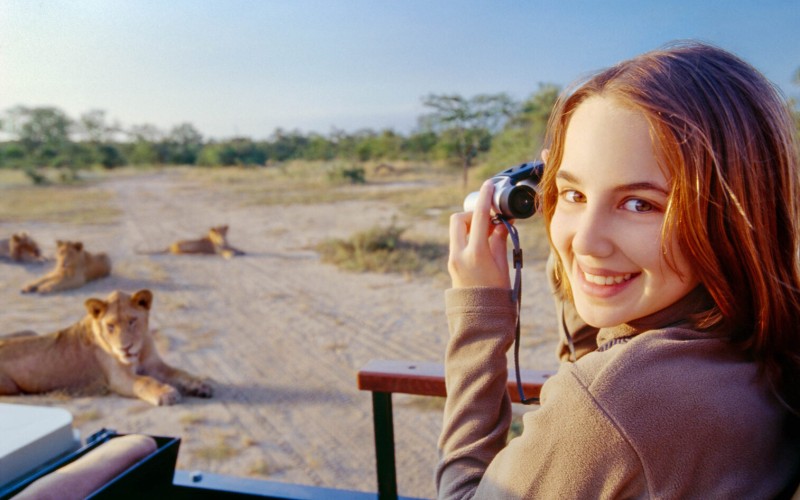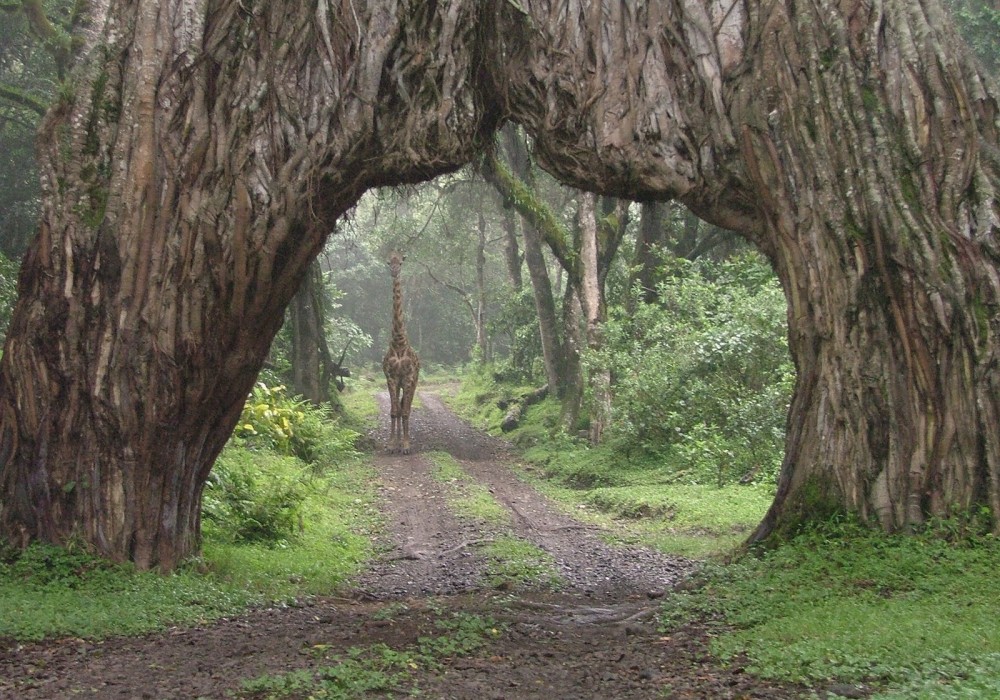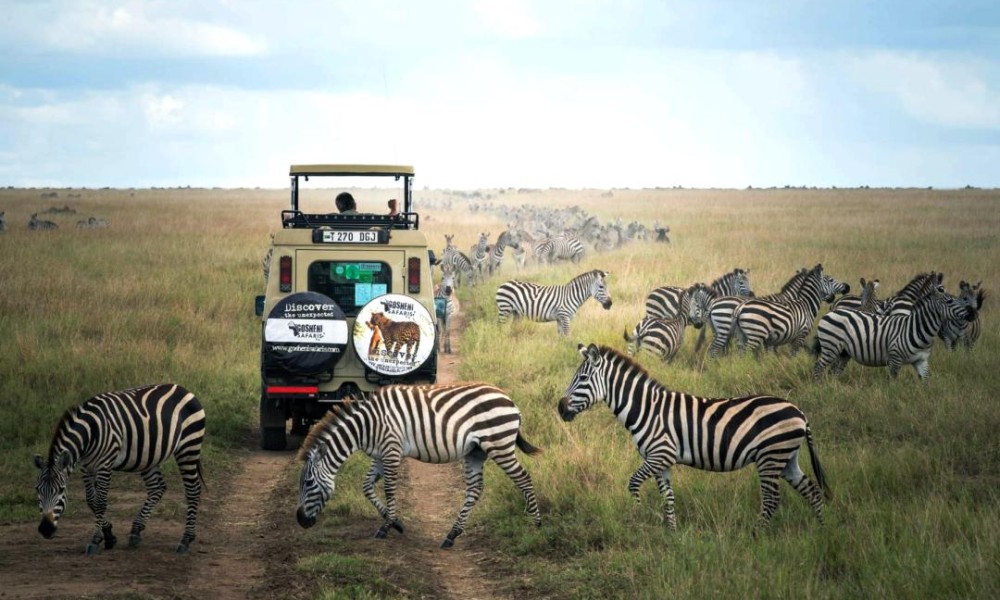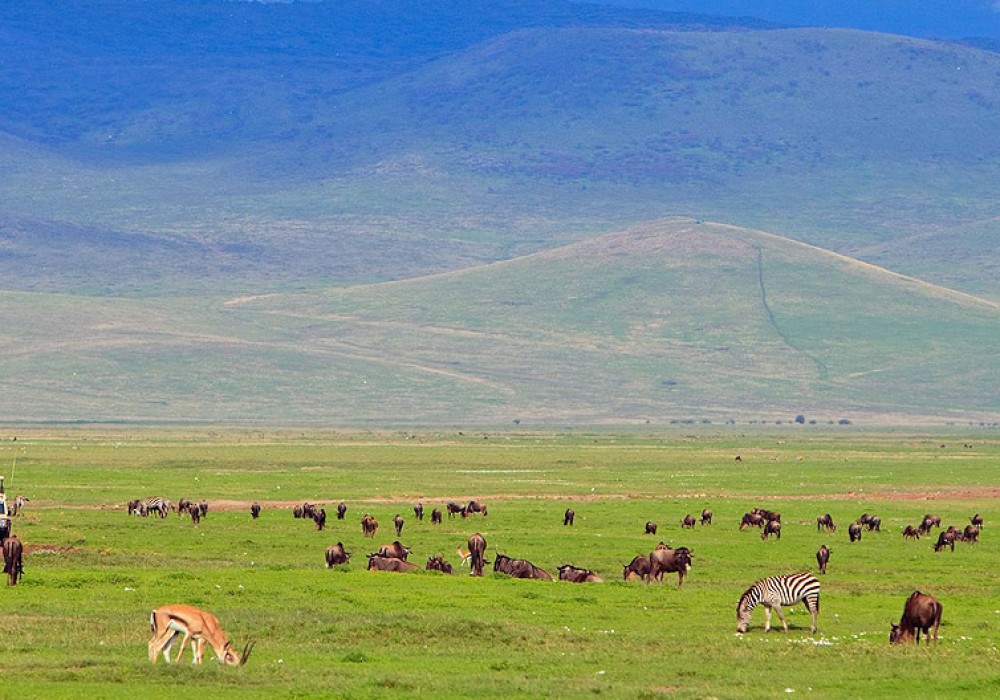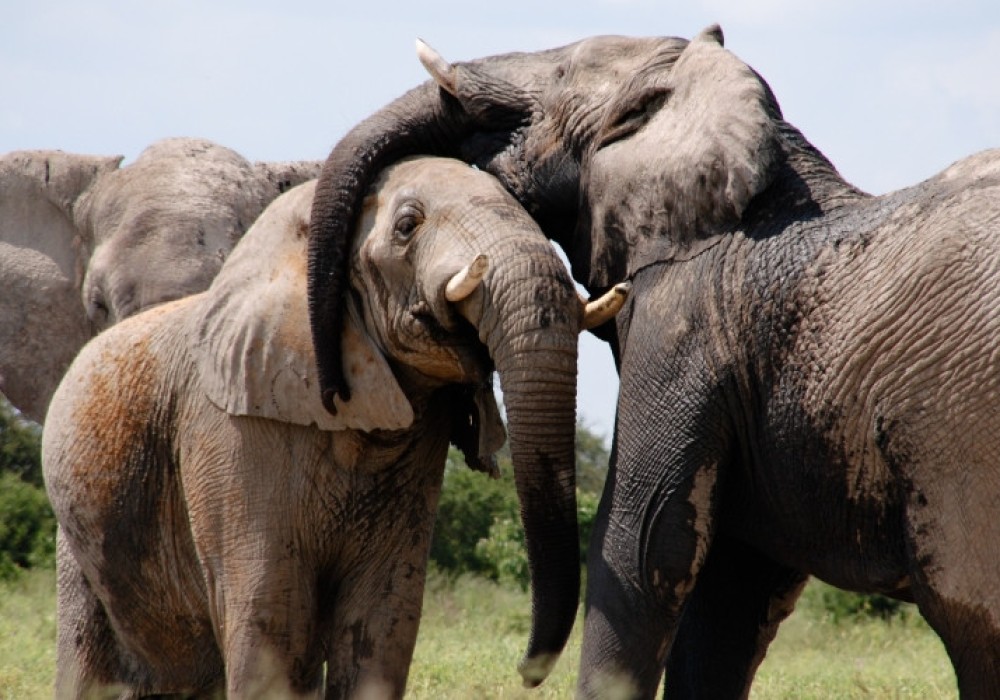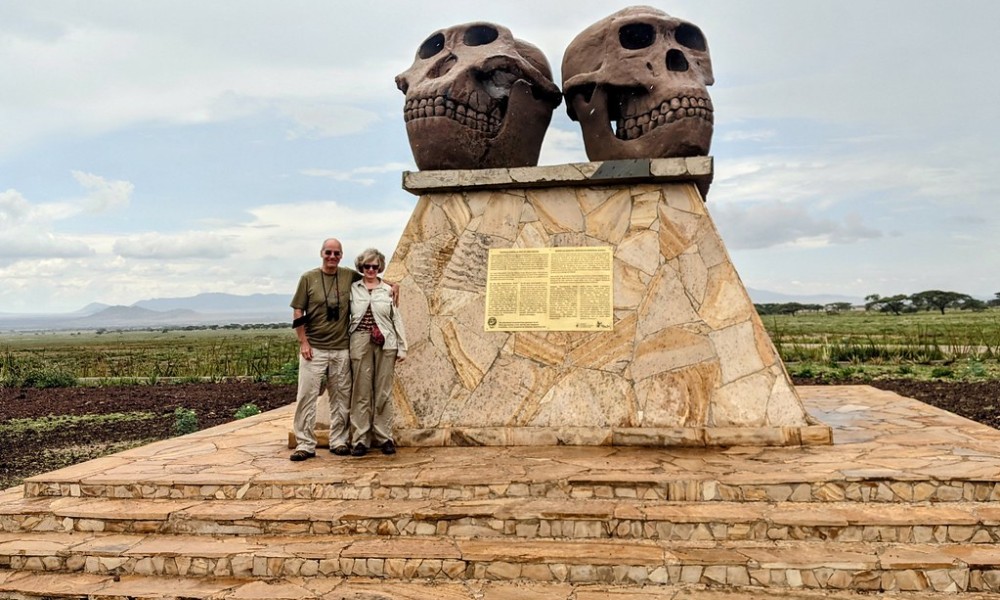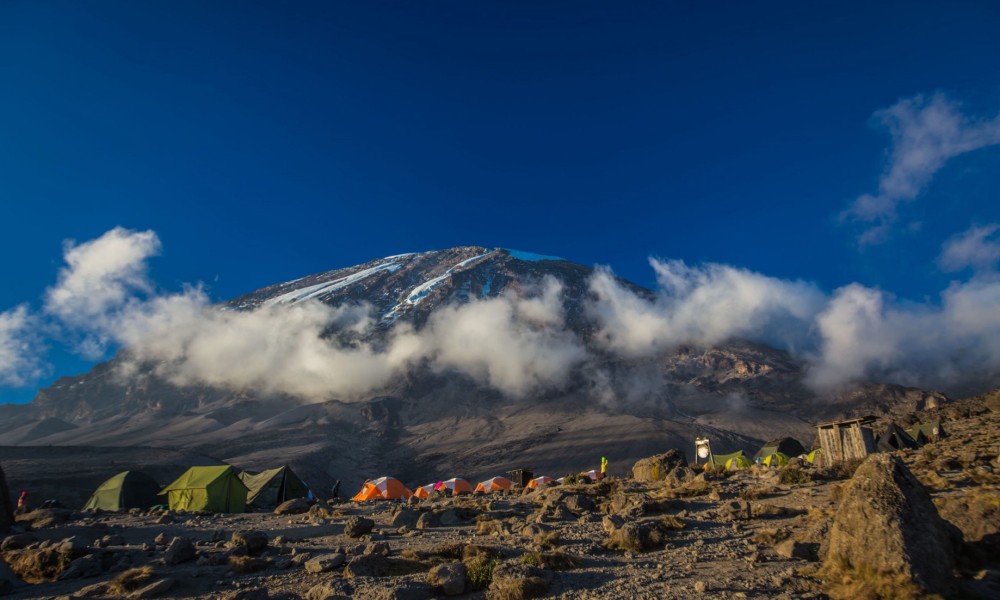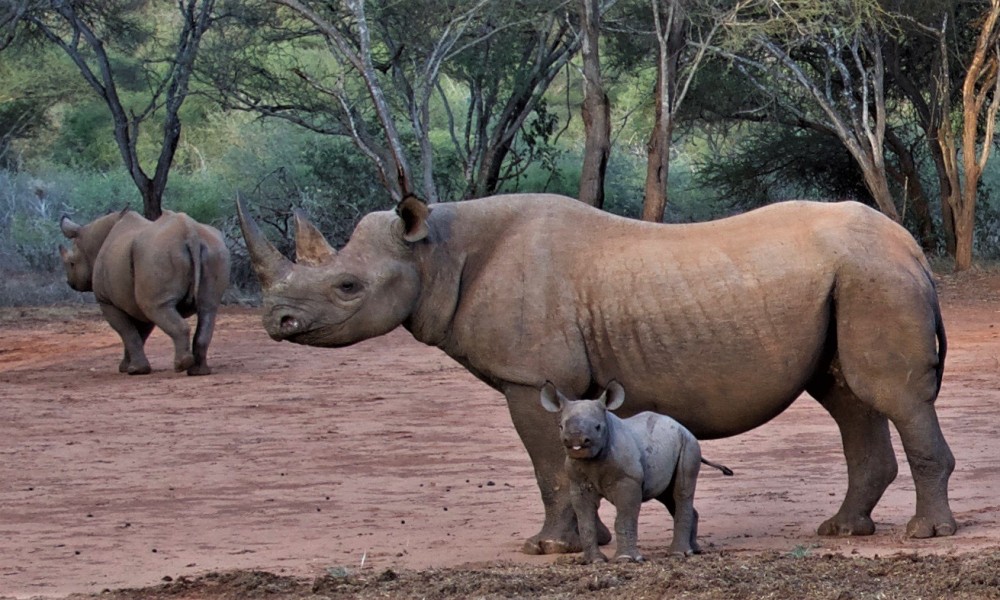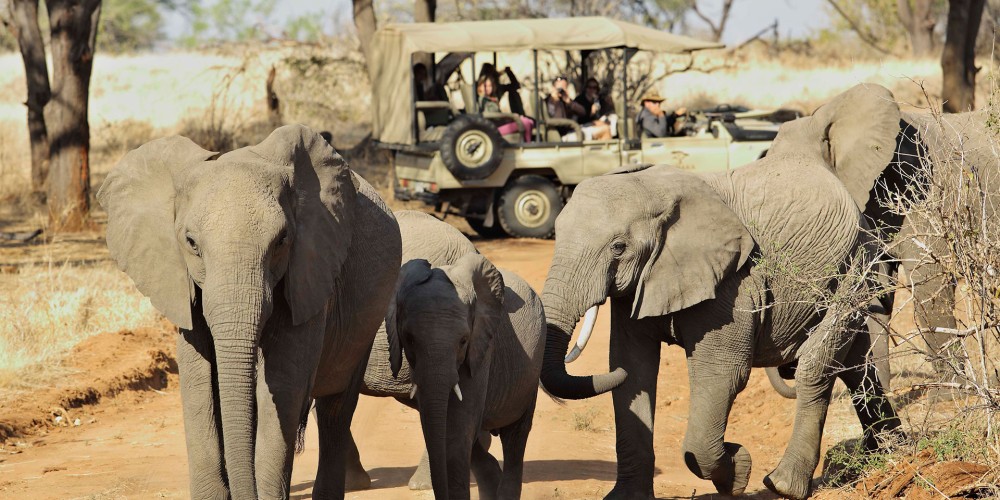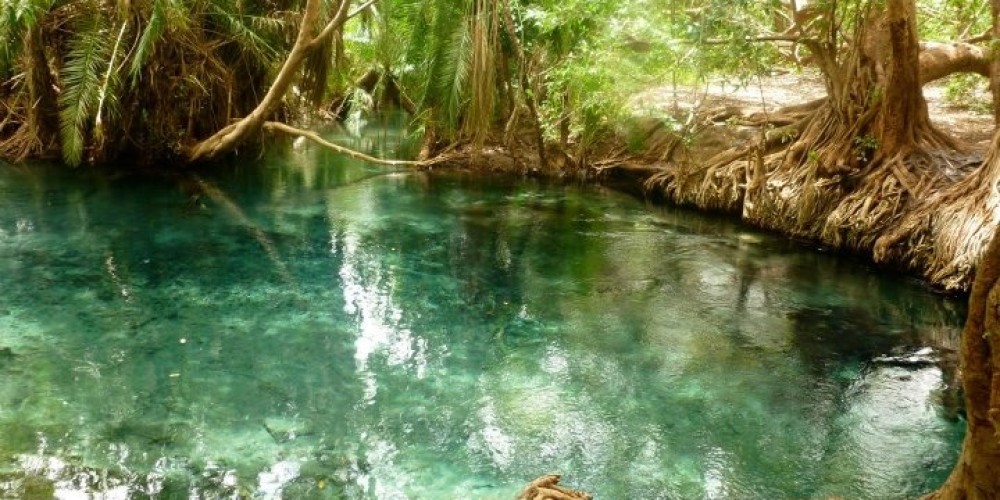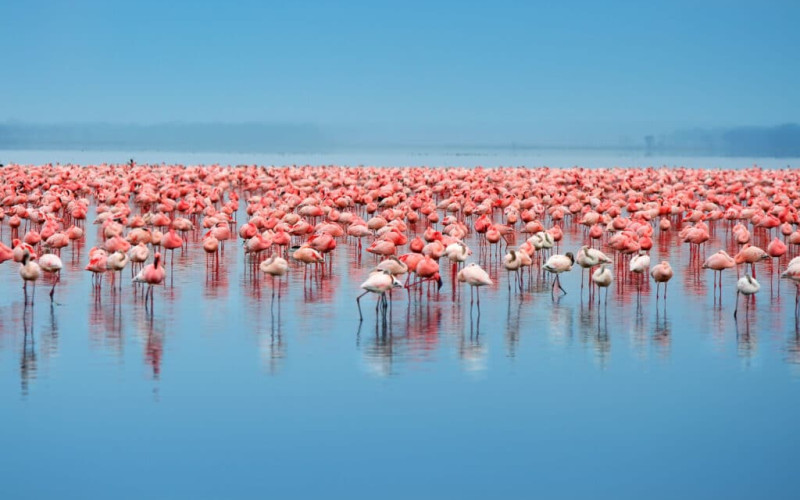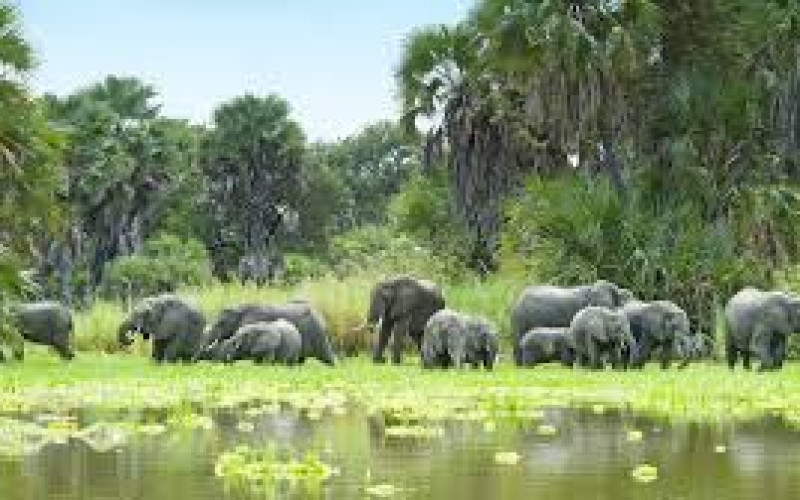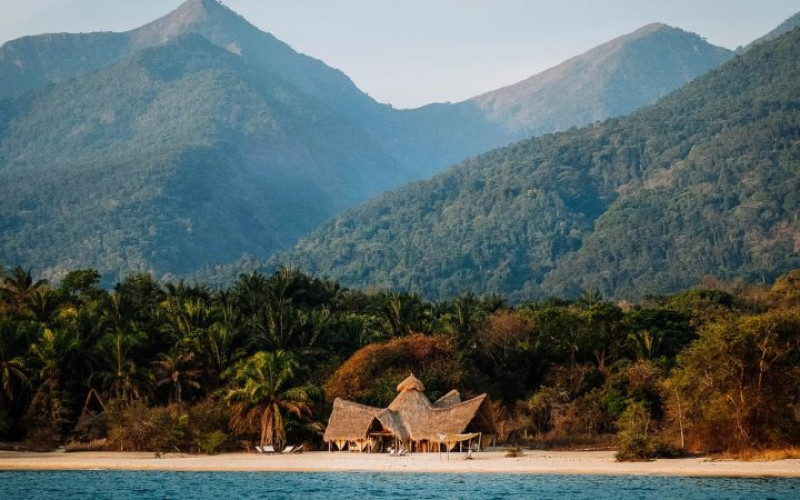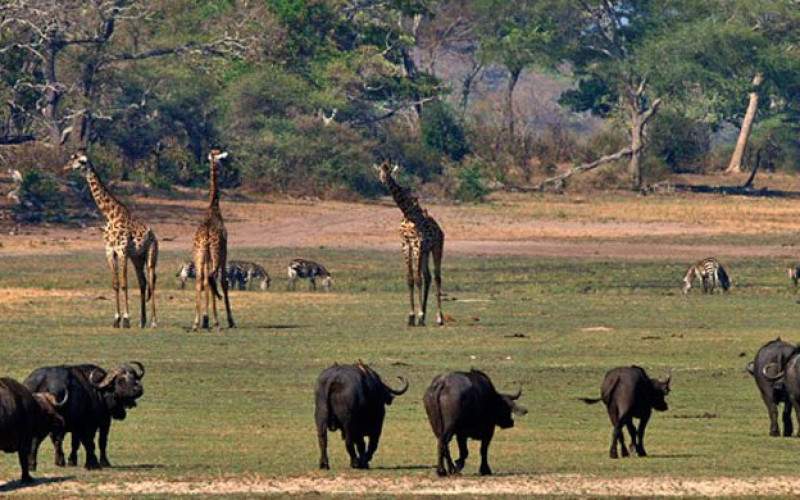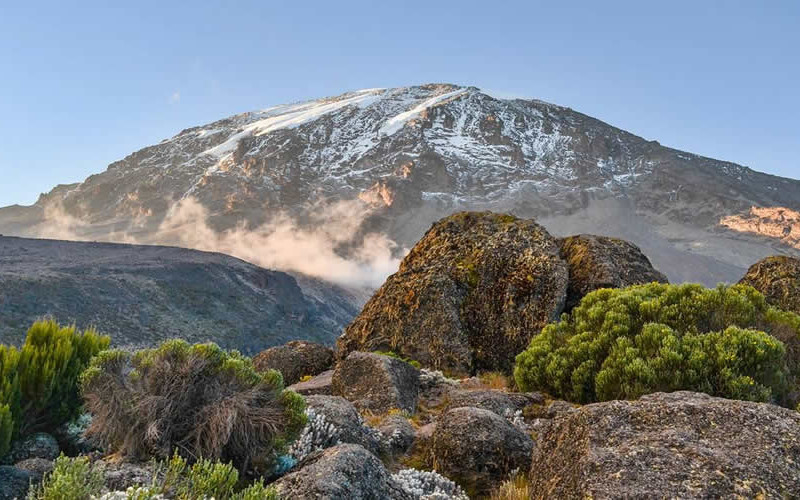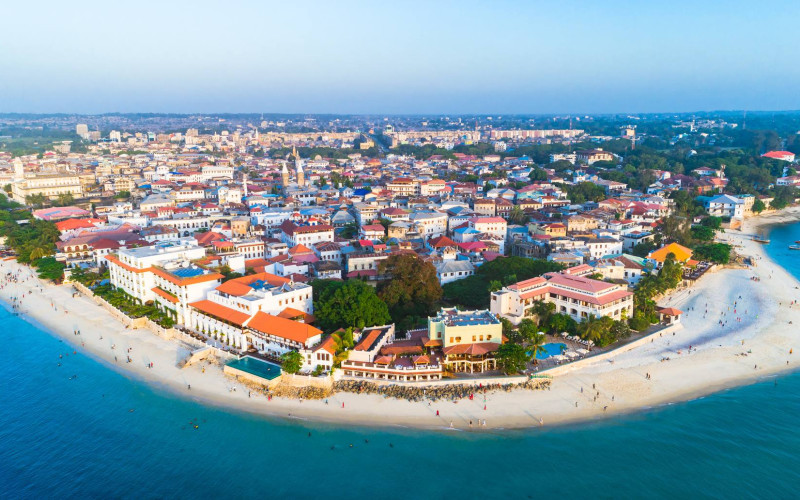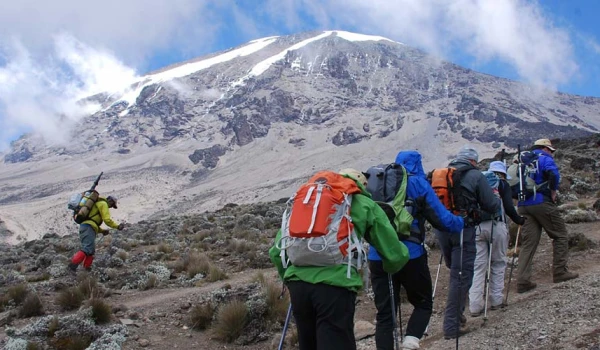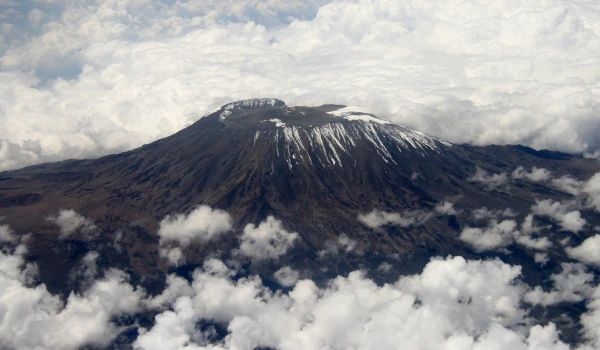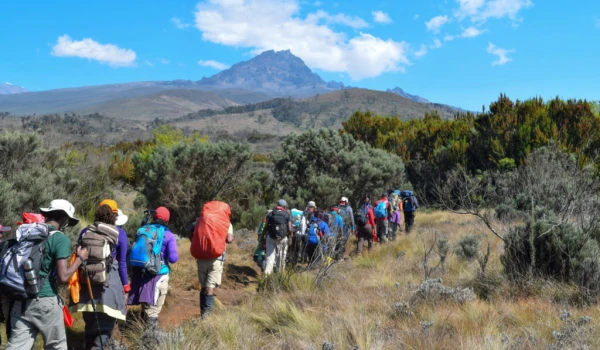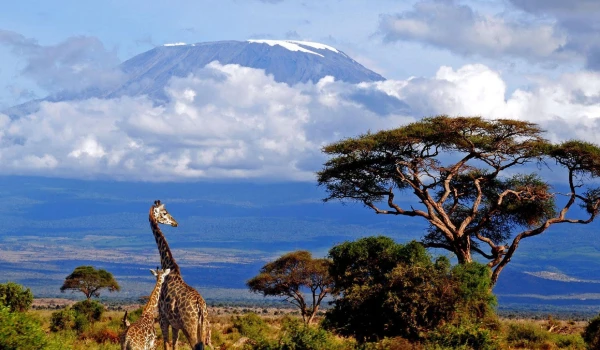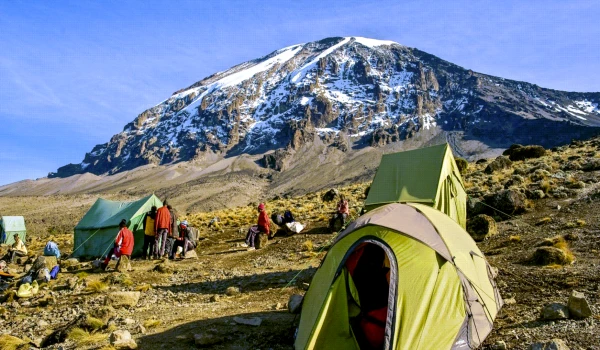Kenya
Kenya is one of the premier safari destinations in Africa, offering diverse wildlife experiences and breathtaking landscapes. Here’s a comprehensive guide to planning a safari in Kenya:
Key Safari Destinations in Kenya
Maasai Mara National Reserve:
Highlights: Known as the Great Migration, where over a million wildebeest, zebras, and gazelles migrate between the Maasai Mara and the Serengeti in Tanzania. The Maasai Mara is also home to the Big Five (lion, leopard, elephant, buffalo, and rhino).
Best Time to Visit: July to October for the Great Migration; December to February for predator sightings.
Amboseli National Park:
Highlights: Famous for its large elephant herds and stunning views of Mount Kilimanjaro. The park also hosts a variety of other wildlife, including lions, cheetahs, and giraffes.
Best Time to Visit: June to October during the dry season.
Tsavo National Parks (East and West):
Highlights: One of the largest national park complexes in the world, Tsavo offers diverse landscapes and abundant wildlife, including large herds of elephants, lions, and the rare Hirola antelope.
Best Time to Visit: May to October and January to February during the dry seasons.
Lake Nakuru National Park:
Highlights: Known for its flamingo population, which can number in the millions, and the presence of both black and white rhinos. The park also offers excellent bird-watching opportunities.
Best Time to Visit: January to February and July to December.
Samburu National Reserve:
Highlights: Home to unique species like Grevy’s zebra, Somali ostrich, and reticulated giraffe. The reserve also features a significant population of elephants and predators.
Best Time to Visit: June to October and December to March.
Types of Safaris
Game Drives:
Typically offered in the morning and evening, game drives are the most common way to explore the parks and see wildlife.
Walking Safaris:
Led by armed guides, walking safaris allow you to experience the bush up close and learn about smaller flora and fauna.
Balloon Safaris:
A unique way to see the Maasai Mara, offering panoramic views of the landscape and wildlife from above.
Cultural Tours:
Visits to local Maasai villages and other cultural experiences can be included in your safari itinerary.
Accommodation Options
Luxury Lodges and Tented Camps:
It offers high-end amenities, including gourmet meals, swimming pools, and private verandas with stunning views.
Mid-Range Lodges and Camps:
Comfortable accommodations with en-suite facilities and good service.
Budget Campsites:
Basic facilities are ideal for those looking for a more adventurous and affordable experience.
Planning Your Safari
Choosing a Tour Operator:
Research and select a reputable tour operator that offers the type of safari experience you’re looking for. Check reviews and ensure they are licensed.
Vaccination and Health:
Consult your doctor for vaccinations and medications, including malaria prophylaxis.
Travel Insurance:
Ensure you have comprehensive travel insurance that covers safari activities.
Packing Essentials:
Light, breathable clothing in neutral colors, a wide-brimmed hat, sunglasses, sunscreen, binoculars, and a good camera.
Visa and Entry Requirements:
Check the visa requirements for Kenya and ensure your passport is valid for at least six months from your date of entry.
Best Time to Visit
Dry Season (June to October): Best for game viewing, as animals gather around water sources.
Wet Season (November to May): Lush landscapes, fewer tourists, and a great time for bird-watching. However, some roads may be difficult to navigate.
Example: Safari Itinerary
Day 1-2: Arrival and Nairobi
Arrive at Jomo Kenyatta International Airport and transfer to Nairobi for rest and acclimatization. Explore Nairobi National Park or the David Sheldrick Wildlife Trust.
Day 3-5: Maasai Mara National Reserve
Fly or drive to the Maasai Mara. Spend three days exploring the reserve, including morning and evening game drives and a possible balloon safari.
Day 6: Lake Nakuru National Park
Drive to Lake Nakuru for a day of game drives and bird watching.
Day 7-8: Amboseli National Park
Drive or fly to Amboseli. Spend two days exploring the park, focusing on the large elephant herds and views of Mount Kilimanjaro.
Day 9-10: Tsavo National Parks
Visit Tsavo East and West for a diverse wildlife experience and stunning landscapes.
Day 11: Departure
Return to Nairobi and transfer to the airport for your departure flight.
Conclusion
A safari in Kenya is a remarkable experience, offering incredible wildlife encounters, stunning landscapes, and rich cultural interactions. By planning and choosing the right destinations and tour operators, you can ensure a memorable and safe adventure.
